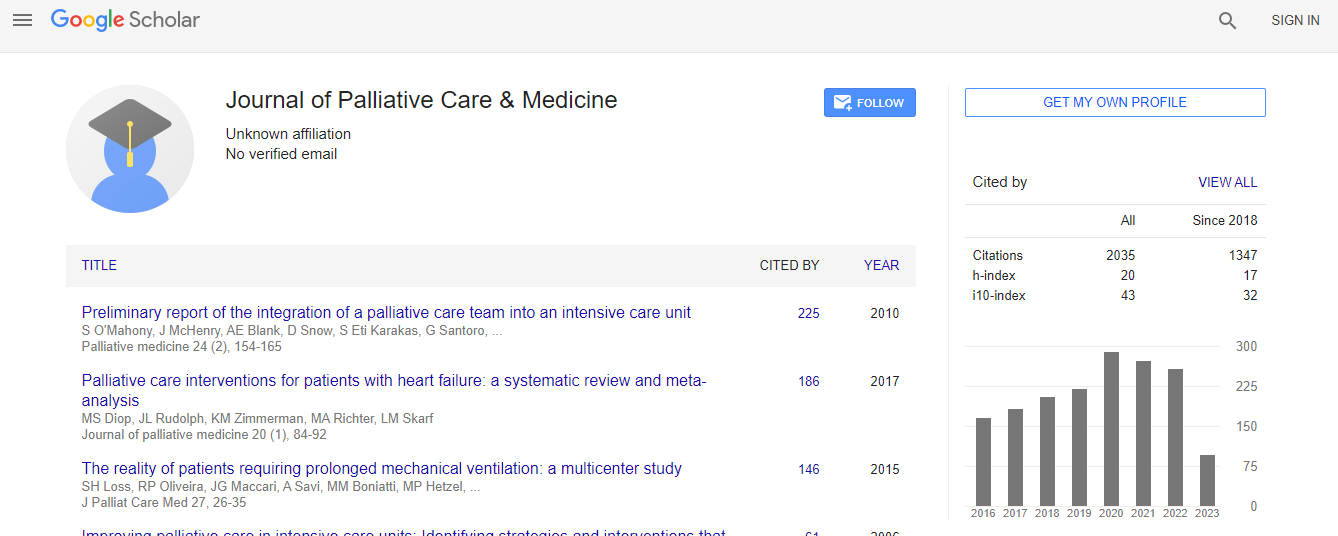Treatment by Cardiopulmonary Resuscitation (CPR) for Cardiac Arrest Patients Following Guidelines
*Corresponding Author: Dhruv P Dave, Department of Biotechnology, Sankalchand Patel Univesity, Visnagar, Gujarat, India, Email: ddhruv1532004@gmail.comReceived Date: Feb 01, 2023 / Published Date: May 03, 2023
Citation: Dave DP (2023) Treatment by Cardiopulmonary Resuscitation (CPR) for Cardiac Arrest Patients Following Guidelines. J Palliat Care Med 13: 532.
Copyright: © 2023 Dave PD. This is an open-access article distributed under the terms of the Creative Commons Attribution License, which permits unrestricted use, distribution, and reproduction in any medium, provided the original author and source are credited.
Abstract
Cardiovascular Disease (CAD) is leading a death. Cardiac arrest means heart beach stop. To date, Cardiopulmonary Resuscitation (CPR) is an efficient method for cardiac arrest patients. CPR is carried out by chest compression followed by artificial ventilation. It helps pump blood around the person’s body when the heart cannot work. The European Resuscitation Council (ERC), or the American Heart Association (AHA), created guidelines for CPR. CPR treatment is used for both Out-Hospital Cardiac Arrest Patients (OHCA) and In-Hospital Cardiac Arrest patients (IHCA). Furthermore Heart attacks are typically treated as a public health concern in hospitals. Data show that 38 million people are affected by OHCA and that between 3% and 8% of hospital patients survive and are discharged. The COVID-19 epidemic is currently used as proof. Patients with COVID-19 have emitted dangerous aerosols that should not be inhaled by medical personnel (HCWs). Guidelines for COVID-19 cardiac arrest patients were developed by the European Resuscitation Council (ERC) or the American Heart Association (AHA). Safety for Healthcare Workers (HCWs) is the focus of this guideline. Automated External Defibrillators (AEDs) are used only for CPR, according to research published recently. AEDs are medical devices that assist in rhythm analysis and provide an electrical shock to cardiac arrest patients.

 Spanish
Spanish  Chinese
Chinese  Russian
Russian  German
German  French
French  Japanese
Japanese  Portuguese
Portuguese  Hindi
Hindi 
